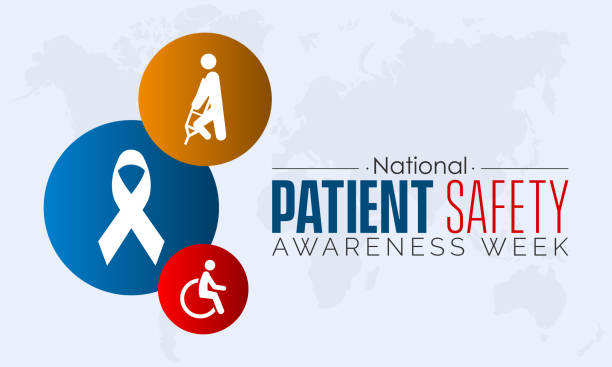Advancing Patient Safety Standards: A 2024 Action Plan for Healthcare Executives

Advancing Patient Safety Standards: A 2024 Action Plan for Healthcare Executives
Introduction
Patient safety is a fundamental concern for healthcare organizations, directly impacting clinical outcomes and overall patient satisfaction. As we move into 2024, healthcare executives must prioritize and enhance patient safety standards to mitigate risks and improve care quality. This blog offers a strategic action plan for healthcare leaders aiming to advance patient safety within their institutions.
The Importance of Patient Safety
Improving patient safety helps to prevent medical errors, reduce healthcare-associated infections, and ensure positive patient outcomes. It not only protects patients but also supports healthcare providers by establishing a safe and efficient working environment.
Strategic Action Plan for Advancing Patient Safety:
- Establish a Culture of Safety:
- Foster an organizational culture that prioritizes safety above all else. This involves leadership commitment, open communication, and a non-punitive approach to error reporting that encourages transparency and continuous improvement.
- Implement Comprehensive Training Programs:
- Regularly train healthcare staff on the latest patient safety protocols and best practices. Training should include updates on new technologies, infection control measures, and emergency response strategies.
- Strengthen Error Reporting Systems:
- Develop or enhance error reporting systems to ensure that all incidents are reported promptly and efficiently. Analyze data from these reports to identify patterns and develop targeted interventions to prevent future occurrences.
- Enhance Clinical Protocols and Checklists:
- Update clinical protocols and checklists regularly to reflect the latest evidence-based practices. Ensure these tools are easily accessible and utilized by all clinical staff to maintain consistency and accuracy in patient care.
- Leverage Technology for Error Reduction:
- Invest in advanced healthcare technologies such as electronic health records (EHRs), clinical decision support systems (CDSS), and barcode medication administration (BCMA) systems to reduce the risk of human error.
- Conduct Regular Safety Audits:
- Perform routine safety audits to assess the effectiveness of existing safety measures and identify areas for improvement. Audits should cover various aspects of patient care, including medication management, surgical safety, and infection control.
- Promote Patient Engagement:
- Encourage patients to participate in their care processes actively. Provide them with resources to understand their treatments and medications and involve them in safety planning, such as verifying their own medications and treatment plans.
- Build a Multidisciplinary Safety Committee:
- Establish a multidisciplinary committee dedicated to patient safety, including doctors, nurses, pharmacists, and quality improvement officers. This committee should meet regularly to review safety practices and spearhead initiatives for improvement.
- Focus on Mental Health and Staff Well-being:
- Recognize the impact of healthcare provider well-being on patient safety. Implement programs to support mental health and reduce burnout among staff, which in turn can improve focus and performance.
Challenges in Enhancing Patient Safety:
- Resource Allocation: Adequately funding patient safety initiatives can be challenging in budget-constrained environments.
- Resistance to Change: Implementing new procedures and technologies may meet resistance from staff accustomed to existing workflows.
- Complexity of Healthcare Environments: The inherent complexity of healthcare services can make consistent implementation of safety measures challenging across different departments and facilities.
Conclusion
Advancing patient safety is a important objective for healthcare executives, requiring diligent effort and strategic planning. By following this action plan, leaders can significantly enhance the safety and quality of care delivered in their organizations.
Call to Action
Healthcare executives should begin by assessing their current patient safety protocols and identify areas for improvement. Engaging with all levels of staff and incorporating their feedback into safety initiatives will be key to developing effective and sustainable safety enhancements.



